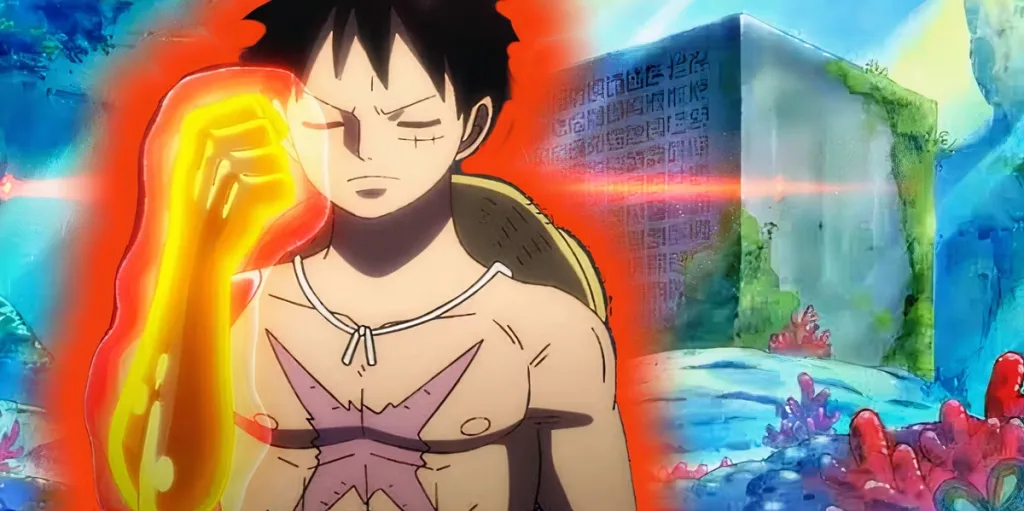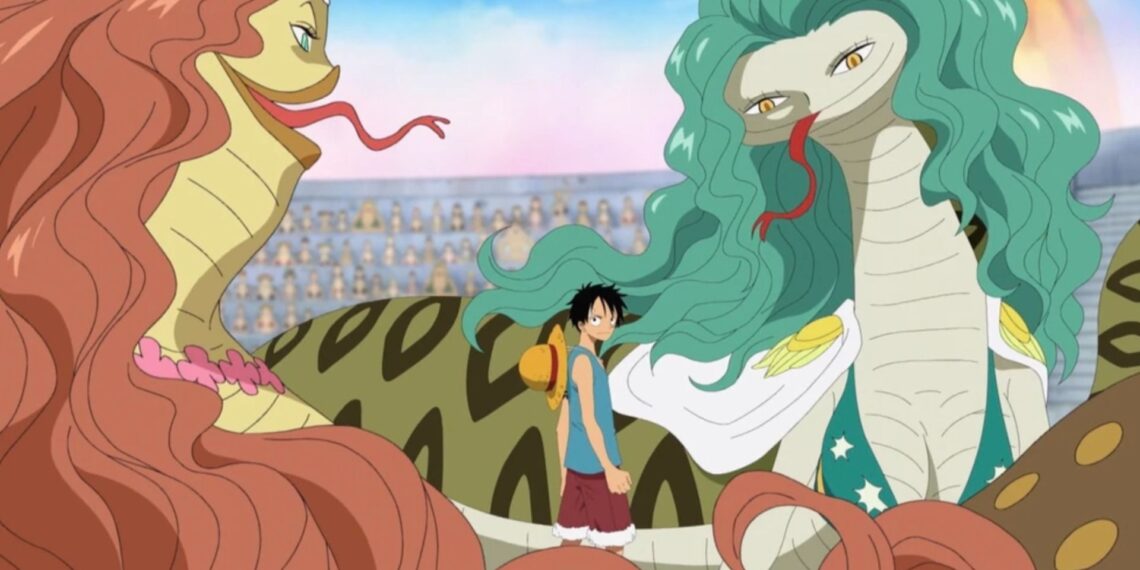In the vast world of One Piece, where devil fruits grant impossible powers and pirates chase legendary treasures, even the most devoted fans can fall victim to widespread misconceptions. A single mistranslated line about the Kuja tribe has sparked one of the fandom’s most enduring myths, demonstrating how translation errors can ripple through communities for years.
Table of Contents
One Piece Kuja Mistranslation Mystery
The controversy centers around an old mistranslation that made it sound like the Kuja could give birth to males outside of their island, fundamentally changing how fans understood the Amazon Lily society. This translation error has led to countless debates and theories that persist despite canonical evidence to the contrary.

What the Canon Actually Says
According to the official One Piece storyline, all Kuja tribe women always give birth to females exclusively. This biological rule maintains the all-female society of Amazon Lily and explains why most of them had never seen a man before encountering Luffy on their island.
| Canon Facts | Fan Myths (From Mistranslation) |
|---|---|
| Kuja only birth females | Kuja can birth males outside Amazon Lily |
| No biological explanation given | Complex theories about location-based genetics |
| Simple narrative consistency | Elaborate fan speculation |
The Impact of Translation Errors in Anime
This One Piece mistranslation exemplifies a broader issue affecting anime and manga communities worldwide. When source material travels across languages and cultures, even minor translation errors can create lasting misconceptions that become “fan facts.”
Why Mistranslations Spread So Quickly
Community Discussion: Fans naturally discuss and theorize about their favorite series, spreading both accurate information and misconceptions.
Scanlation Issues: Unofficial translations often contain errors that can ruin the full One Piece story experience, as fan translators may lack professional training or access to cultural context.
Confirmation Bias: Once fans accept certain “facts,” they tend to interpret new information through that lens, reinforcing incorrect beliefs.
How the One Piece Fandom Perpetuates Myths
The Kuja mistranslation demonstrates how fandom speculation can flourish even when the canon explicitly says otherwise. This phenomenon isn’t unique to One Piece – many long-running series accumulate similar myths over time.

Common Sources of One Piece Misconceptions
- Early Fan Translations: Before official releases, fan translations filled gaps but sometimes introduced errors
- Cultural Context Loss: Japanese concepts don’t always translate directly, leading to misunderstandings
- Wishful Thinking: Fans sometimes prefer interesting theories over simpler canonical explanations
The Amazon Lily Arc’s True Significance
Beyond the translation controversy, the Amazon Lily arc serves crucial narrative purposes in Eiichiro Oda’s masterpiece. Following Luffy’s defeat at Sabaody Archipelago, his crash landing on this women-exclusive island creates unexpected friendships while revealing his brother’s imminent peril.
The arc explores themes of prejudice, understanding, and acceptance – far more meaningful than debates over reproductive biology that stem from translation errors.
Lessons for One Piece Fans
This mistranslation controversy offers valuable lessons for anime and manga enthusiasts:
Verify Sources: Always check multiple official sources before accepting “facts” about your favorite series.
Embrace Uncertainty: Sometimes the original author intentionally leaves things unexplained, and that’s perfectly acceptable.
Focus on Story: Don’t let technical debates overshadow the emotional journey and character development that make One Piece special.
Stay updated with accurate One Piece analysis and avoid common fandom myths at TechnoSports, your trusted source for anime insights.
For more accurate anime coverage and myth-busting content, visit TechnoSports and join our community of informed fans.
Frequently Asked Questions
Q: Are there other major mistranslations that have affected One Piece fandom theories?
A: Yes, several translation issues have created persistent myths. The Yamato gender controversy and various power scaling misunderstandings often stem from translation complexities rather than intentional story elements by Eiichiro Oda.
Q: How can fans avoid falling for mistranslation-based myths in One Piece?
A: Stick to official translations from reputable sources like Viz Media, cross-reference information from the official One Piece Wiki, and remember that if a theory seems overly complex for what should be simple worldbuilding, it might be based on translation errors rather than intended story elements.








